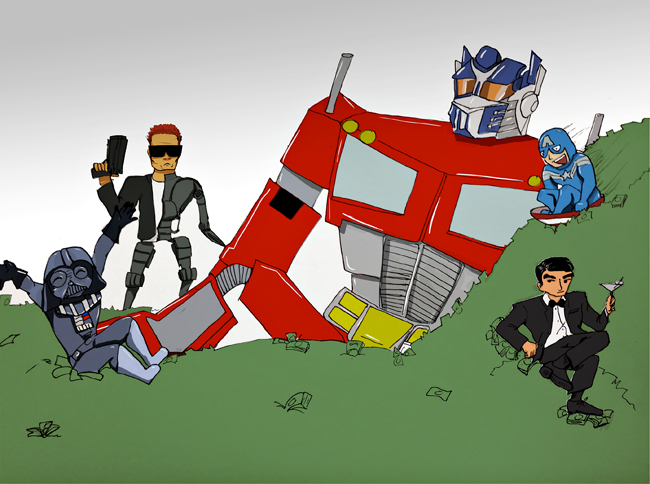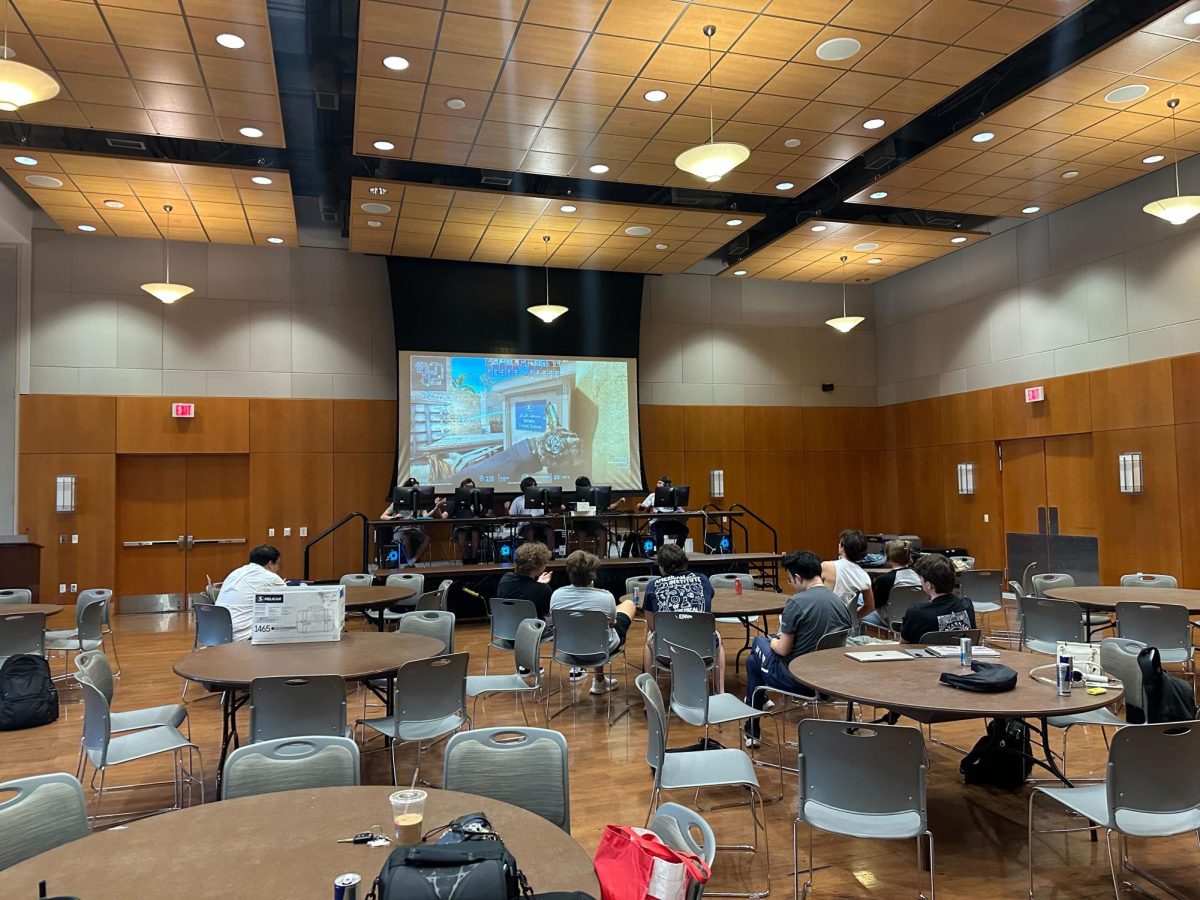Franchises have been around since the early days of film. The “Flash Gordon” and “Adventures of Captain Marvel” serials dominated the cinematic landscape in the 1930s and the 1940s, respectively.
The most anticipated pictures of 2015 are the next “Star Wars” and the new “The Avengers.” These films have stories and spectacles that attract wide audiences. Smaller films have been around for a while, too, but their place is shrinking.
Studios once funded a multitude of deep, adult-oriented films. They allowed directors Francis Ford Coppola (“The Godfather,” “Apocalypse Now”) and William Friedkin (“The French Connection,” “The Exorcist”) to make the movies they wanted, even though the films didn’t target a broad range of demographics.
Studios are reluctant to green light smaller films because they don’t have wide appeal. Director Steven Spielberg (“Jaws,” “E.T. the Extra-Terrestrial”) struggled to create “Lincoln” because of lack of studio support, while Coppola had to self-finance his pictures with his wine business.
Radio-television-film professor Tom Schatz said studios tend to fund recognized blockbusters over original stories because every film release is a gamble.
“We’re getting to a point where the production and marketing costs of modern big blockbusters are in the $400 to $500 million range,” Schatz said.
The low price of film tickets means studios have to coax as many people to see their pictures as possible in order to make a profit.
The domestic box office, defined as theaters in the U.S. and Canada, is the film industry’s primary market. Studios, generally, try to release their films on as many domestic screens as they can.
However, studios also need to rely on the international box office to make a profit in case they don’t make enough money domestically.
For example, last year’s “The Amazing Spider-Man 2” cost about $435 million to produce and market but only made $203 million domestically, but it grossed $709 million worldwide.
The average film ticket costs $8.30, according to Box Office Mojo.
Studios invest more money in previously successful franchises because there is less risk involved. Familiar titles catch public attention and have established themselves in
the marketplace.
Big studios are so focused on producing blockbusters that they have sacrificed funding for smaller pictures. The big studios had 15 indie divisions 10 years ago. Today there are only three: Fox Searchlight, Focus Features and Sony Pictures Classics.
Studios are also reluctant to support original blockbusters. 2013’s critically-acclaimed “Snowpiercer,” a sci-fi action picture, was a commercial flop because The Weinstein Company was not confident enough to give it a wide release.
Studios are limiting filmmakers’ creativity. It is less likely today for a director to make a great drama on the level of “The Godfather” or even a new franchise comparable to “Star Wars.” As a result, film won’t be an exciting medium because it lacks originality.
Schatz said many talented filmmakers have moved to television in response to the film industry’s lack of support for mid-range and low budget films, citing director Steven Soderbergh (“Traffic,” “Ocean’s Eleven”) as an example. Soderbergh was able to produce “Behind the Candelabra” for HBO, proving that filmmakers could express their voices on the small screen.
Unless studios decide they should value artistry over a quick buck, they will remain reluctant to finance pictures that don’t have mass-market appeal. The modern cinematic landscape is an unforgiving one, but smaller films and original blockbusters can survive the franchise onslaught if their creators play their cards right.












